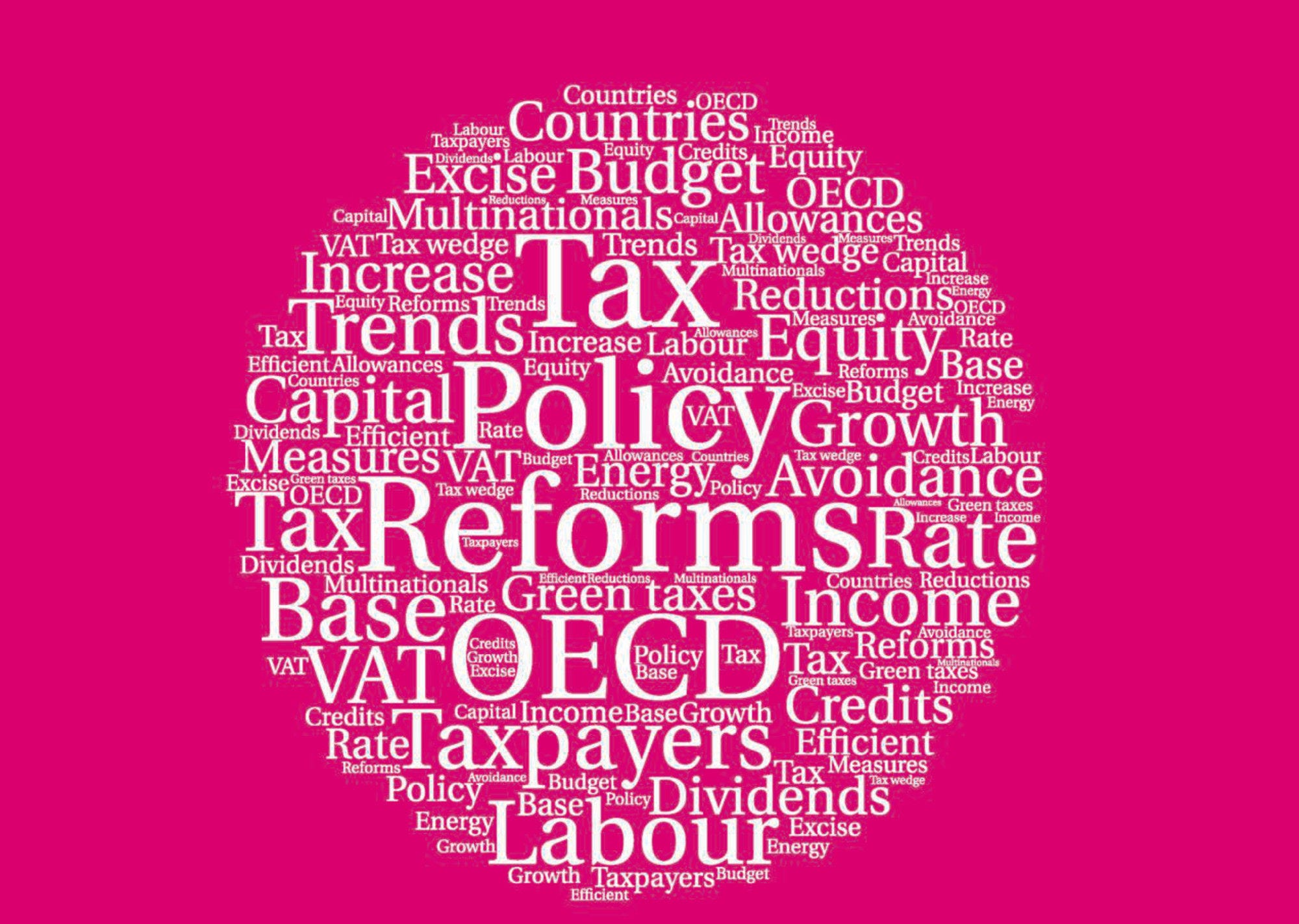This is the seventh edition of Tax Policy Reforms: OECD and Selected Partner Economies, an annual publication that provides comparative information on tax reforms across countries and tracks tax policy developments over time. The report covers the tax policy reforms introduced or announced in 71 member jurisdictions of the OECD/G20 Inclusive Framework on Base Erosion and Profit Shifting, including all OECD countries, for the 2021 calendar year. In addition to providing an overview of tax policy reforms, and the macroeconomic and tax revenue context in which measures were introduced, the report also contains a Special Feature that examines government responses to rising energy prices and offers some policy recommendations in the event that prices remain high.
Tax Policy Reforms 2022

Abstract
Executive Summary
Tax Policy Reforms: OECD and Selected Partner Economies is an annual publication that provides comparative information on tax reforms across countries. It tracks tax policy developments over time and gives an overview of the latest tax reform trends. This year’s edition focuses on the tax reforms that were introduced or announced during the calendar year of 2021.
The 2022 Edition has the largest country coverage in its seven-year history. This year’s report covers the tax policy reforms made in 71 member jurisdictions of the OECD/G20 Inclusive Framework on Base Erosion and Profit Shifting, including all OECD countries, for the 2021 calendar year. The greater country coverage than in previous editions reflects the OECD Centre for Tax Policy and Administration’s efforts to expand the number and diversity of countries it provides support to.
This Report contains four chapters. Chapter 1 discusses the macroeconomic background within which changes in tax policy have been made, providing an overview of developments in the global economy. Chapter 2 presents the latest trends in tax revenues and in the composition of taxes, identifying how these were affected by the COVID-19 pandemic in 2020. Chapter 3 provides a detailed description of the tax reforms that were implemented or announced in the calendar year 2021 across tax categories. Chapter 4 is a Special Feature that examines the measures countries have introduced in response to rising energy prices and offers policy recommendations if prices remain elevated.
The Report identifies several common themes driving tax policy decisions. Exposure to the COVID-19 pandemic and vaccination rates continued to be key determinants of the type of tax policy governments introduced in 2021, as well as the speed at which certain measures were implemented, retracted, or replaced, as countries sought to stimulate recovery in consumption and investment whilst limiting infection rates. Countries’ fiscal space and policymakers’ ability to use their tax and transfer systems to target measures has also played a key role in tax policy decisions. Those with more advanced fiscal and welfare systems were better able to adapt the duration of measures and the sectors (and in some cases, specific types of firms) that continued to require support. As energy prices rose steeply in the second half of the year, countries with greater exposure to natural gas and oil markets sought to shield households and businesses from their impact through temporary fiscal support measures, and taper existing stimulus measures that could add to inflation.
The report identifies the following policy trends by tax category:
Personal income taxes (PIT) and social security contributions (SSCs) were reduced in most countries as policy makers sought to boost economic growth and promote equity. PIT rate changes were less common than in previous years while PIT base narrowing measures were widespread, with measures targeted towards low- and middle-income households, and particularly those with children, to promote employment and provide in-work benefits. A very limited number of changes in the taxation of household capital income were introduced. SSC rate reductions and base narrowing measures were largely temporary.
Statutory corporate income tax (CIT) rates were cut in four countries, while five countries reduced SME CIT and IP regime rates, leading to further convergence in CIT rates across countries. Many countries increased the generosity of corporate tax incentives to stimulate investment and innovation, particularly to promote environmental sustainability. However, the most important development was the significant strengthening of international tax cooperation as 137 jurisdictions agreed to a two-pillar solution to reform the international taxation rules and ensure that multinational enterprises pay a fair share of tax wherever they operate and generate profits.
The Value Added Tax (VAT) base was subject to many changes in 2021, but rates were mostly untouched. Standard VAT rates were maintained in almost all countries, continuing the trend observed for the last six years. However, VAT bases underwent significant alterations through the reversal of most temporary VAT rate reductions for specific sectors that were introduced in 2020, and countries applying reduced VAT rates to a range of goods and services on a permanent basis in 2021. Most countries kept zero rate or VAT exemptions for COVID-19 related medical products from 2020, whilst some also temporarily applied reduced VAT rates to fuel sources during the third and fourth quarters. The largest reforms centered on e-commerce, including an enormous growth in e-invoicing and digital reporting requirements.
Progress on environmentally related taxes continued in 2021, though at a slower pace than in previous years. Promoting environmental sustainability has become increasingly central to the policy goals of taxing energy and vehicle use and eexplicit carbon taxes on fuel were expanded over the year. Of the small number of countries that increased or introduced carbon taxes, some did so as part of a policy package that balanced these tax rises with compensatory lower taxes on personal incomes and corporate revenues. However, effective carbon prices remain low overall, contributed to by temporary cuts in energy taxes towards the end of 2021.
Property tax measures focused on promoting progressivity and fairness in 2021, though reforms were less common than in previous years. Property tax reforms predominantly involved tax rises, through either increases in tax rates or tax base broadening measures, often targeted at individuals or entities that use properties predominantly as an investment vehicle as well as at higher net worth individuals. These measures often sought to promote the efficient use of the existing housing stock as well as the fairness of property taxation more generally.
The Special Feature examines the support measures introduced by governments to shield households and firms from the impacts of high energy prices. It cautions that while the measures introduced up to May 2022 were relatively simple to implement and communicate, many that have sought to lower the price of energy have not been targeted and weaken incentives to reduce energy use when supply is tight. The Special Feature also provides policy recommendations to governments if prices remain elevated, suggesting a shift towards more targeted measures, which may require improvements to existing transfer and social welfare systems.












